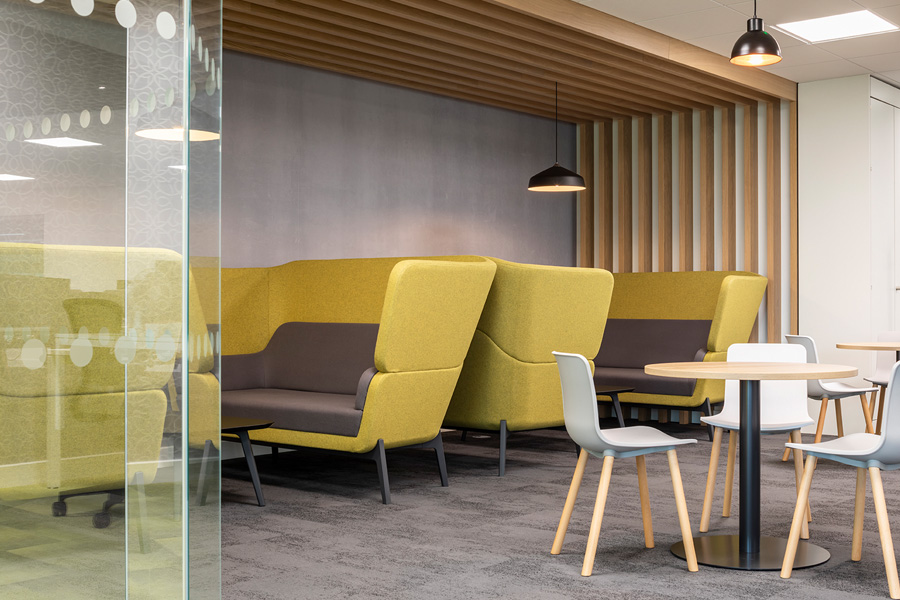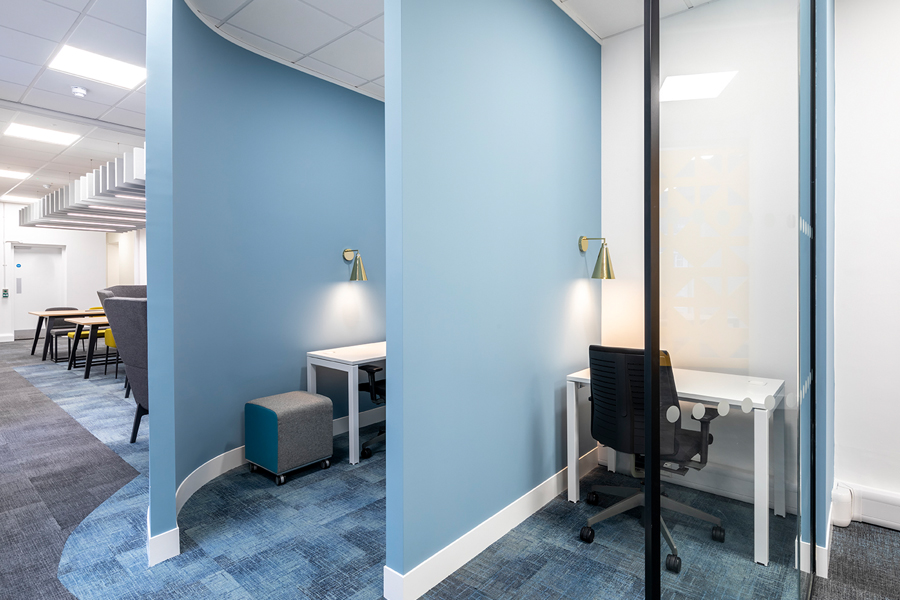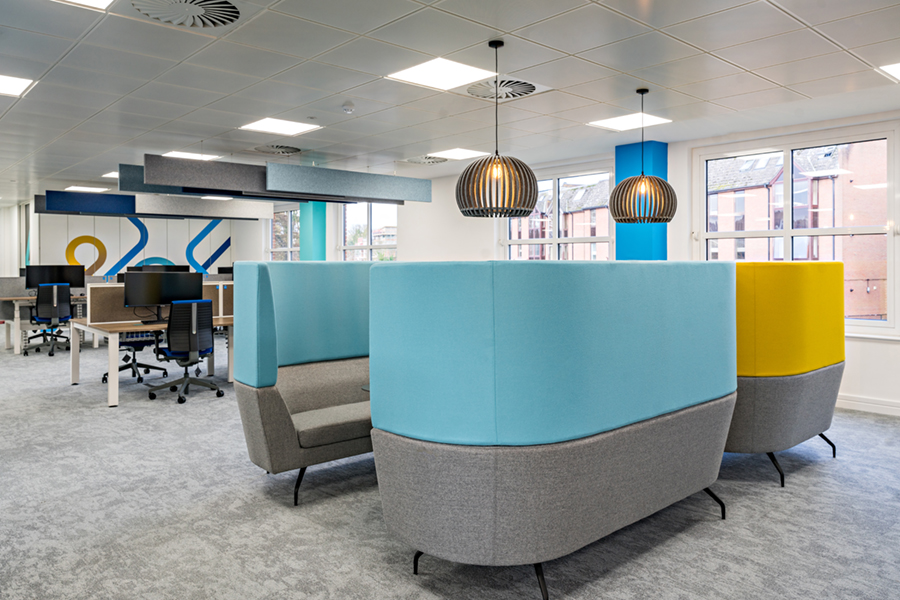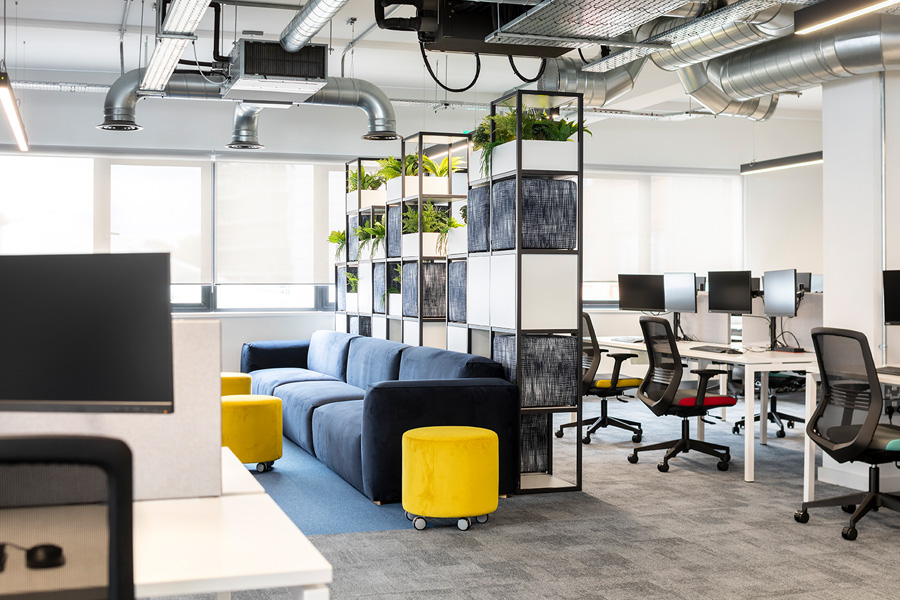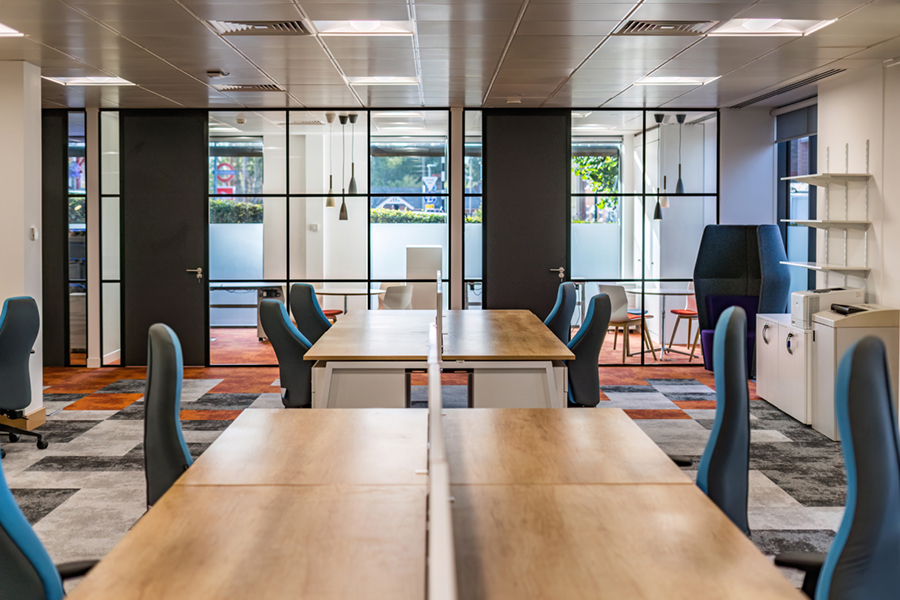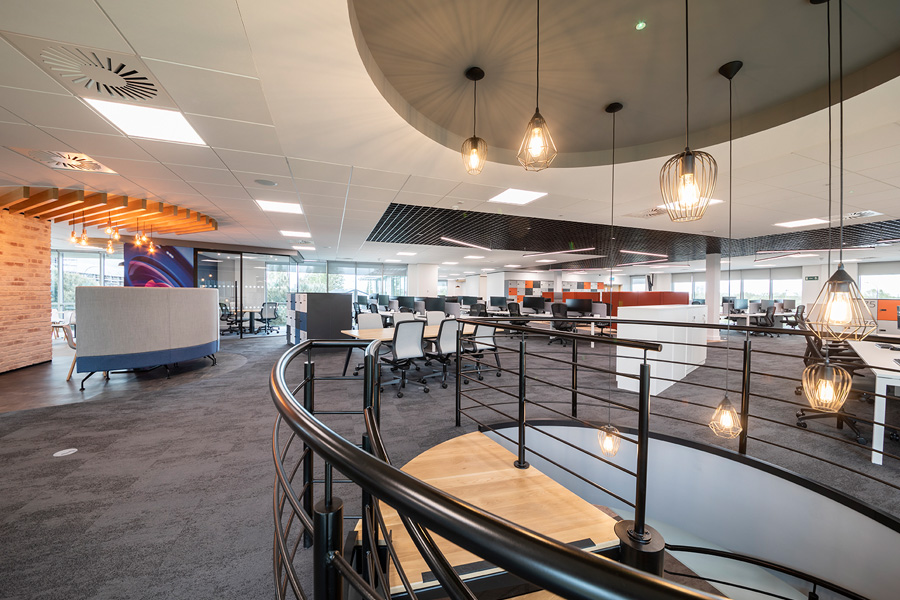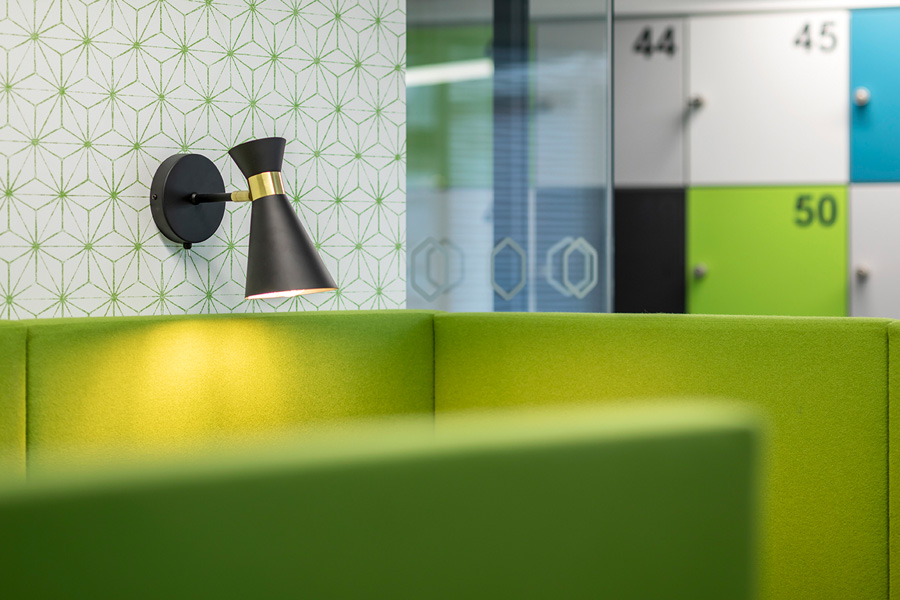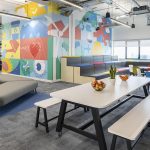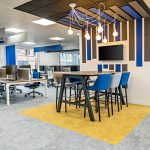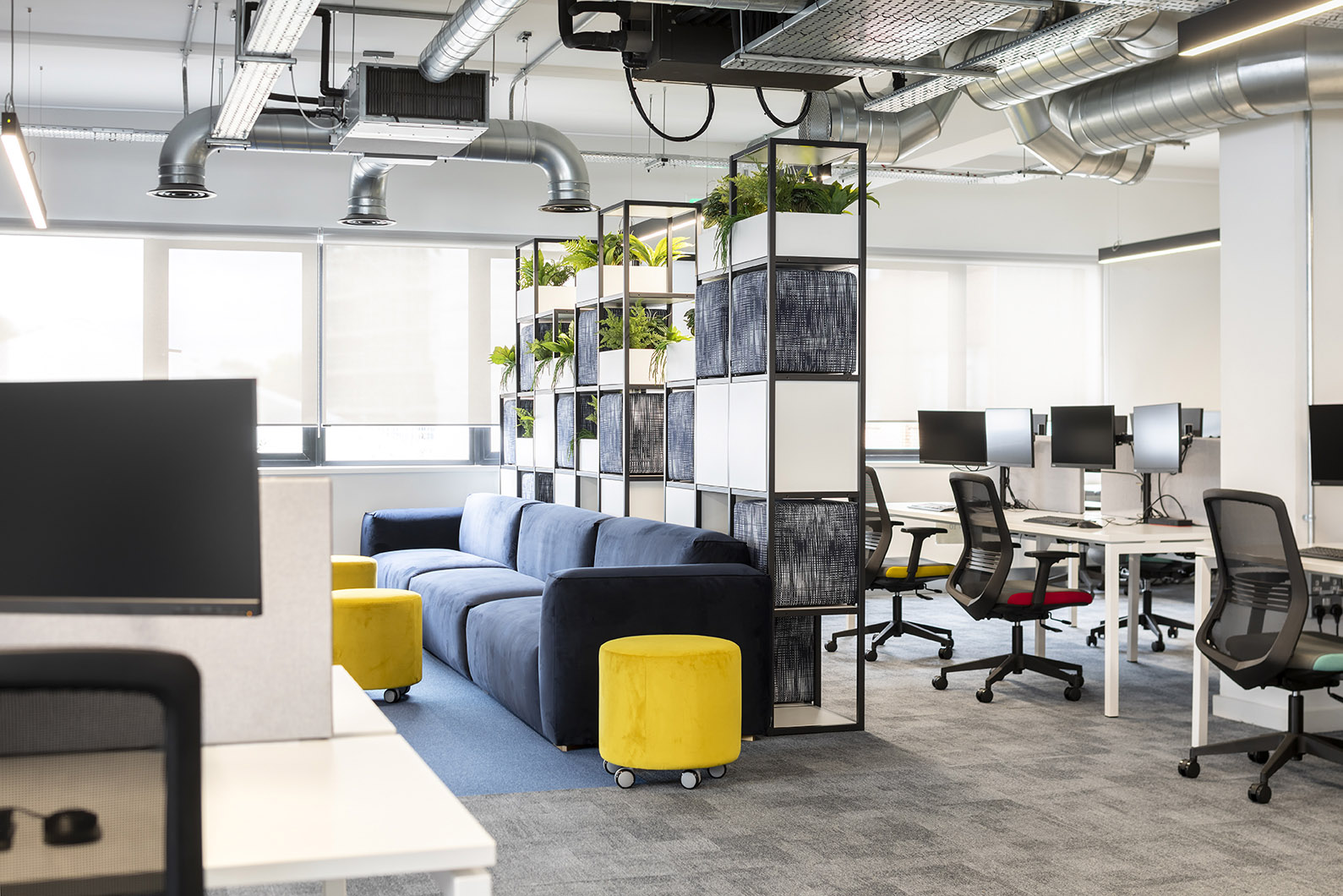
How Inclusive Office Design Supports Neurodiversity at Work
Supporting Neurodiversity in the Workplace with Inclusive Office Design
It’s always good to work with businesses that are keen to make their office space more inclusive. Recognising that different needs require different styles of working is key to inclusive design. Here we share different ways that your office design can support neurodiversity.
Making your Workplace Inclusive through Design
1. Quiet Spaces for Inclusive Office Design
Open plan offices can be overwhelming for people with sensory issues. Ensuring that your office includes quiet spaces makes it more productive for different working styles.
Creating specific areas with low sensory input, where employees can retreat for breaks or focused work, ensures a more inclusive environment that caters to the diverse sensory needs of all team members.
2. Noise-Cancelling Solutions
Noise-cancelling headphones on offer for employees can help with the over-stimulation that a busy environment might cause.
It’s also beneficial to design workstations that offer personal control over soundscapes. This could include providing access to white noise machines or apps that allow individuals to customise their auditory environment. Encouraging a culture of awareness and respect for differing noise preferences can create a more harmonious and productive workplace for everyone.
3. Furniture Design for Neurodiversity
Sit-stand desks have been described as ‘game-changers’ for some people with ADHD. Being able to move between standing and sitting can help to direct energy that can manifest in hyperactivity.
Incorporating a variety of flexible furniture options and creating an agile workspace can further benefit individuals with ADHD and other neurodiverse conditions. The inclusion of standing mats and treadmill desks can offer alternatives that help channel physical energy positively. Breakout areas with comfortable seating options, such as bean bags or lounge chairs, offer a change of scenery and reduce restlessness.
4. Clutter-Free Desks in the Office
And while we’re talking about desks, accessories that enable desks to remain uncluttered, and therefore less distracting, are also helpful for people with ADHD.
There are many organisational tools such as cable management systems, desk organisers, and storage solutions that significantly enhance the ability to maintain a tidy workspace. Digital tools, such as task management apps and virtual sticky notes, can help individuals keep track of their tasks without physical clutter. Encouraging a minimalist approach to desk setups and offering regular decluttering workshops can further support employees in maintaining a distraction-free environment. Personalised workspaces that allow your team to choose the accessories and tools that best suit their needs can lead to increased focus, reduced stress and enhanced productivity for neurodiverse team members.
5. How Lighting Supports an Inclusive Office
Bright lighting can be difficult so more ambient and soft lighting using lamps can help. Thinking about where natural light is in the office and desk placement is also key.
Using adjustable lighting options, such as dimmable overhead lights and task lighting, in your workplace can also provide employees with the flexibility to tailor their lighting environment to their individual preferences. Window treatments, such as blinds or curtains, allows control over natural light levels. Integrating circadian lighting systems that mimic natural daylight patterns can help regulate mood and energy levels, particularly for those sensitive to artificial lighting. Additionally, offering a variety of workspaces with different lighting conditions, from bright and airy to dim and cosy, ensures that all employees can find a spot where they feel most comfortable and productive
Project CAPE (Creating a Positive Environment) was set up by the BBC to promote the idea that neurodiverse people bring different skills to a workplace, but need to be properly supported through a variety of factors. This project produced several films to show how a neurodiverse person might experience the workplace. This can really help managers think about their workspace in a different way.
In summary
There are various adjustments that you can incorporate into your office design to make it more inclusive.
Key areas to focus on include:
- Quiet spaces
- Noise-Cancelling solutions
- Furniture design
- Clutter-free desks
- Lighting
If you’d like help with this or any other aspects of office design, please contact Alex Ryan on 01494 464686 or email us at info@formws.co.uk.
Further information
Form Workplace Solutions has a highly experienced design team with a long track record of bringing innovative concepts to office environments. Moreover, we offer feasibility studies to assist customer decision-making and planning.
As a registered supplier with the Low Carbon Workspaces initiative, we can deliver in the most cost effective way possible.
We’re bursting with ideas on how to bring future learning space designs to life. If you’re looking for expert know-how and practical support, contact Alex Ryan on 01494 464686 or email us at info@formws.co.uk.



